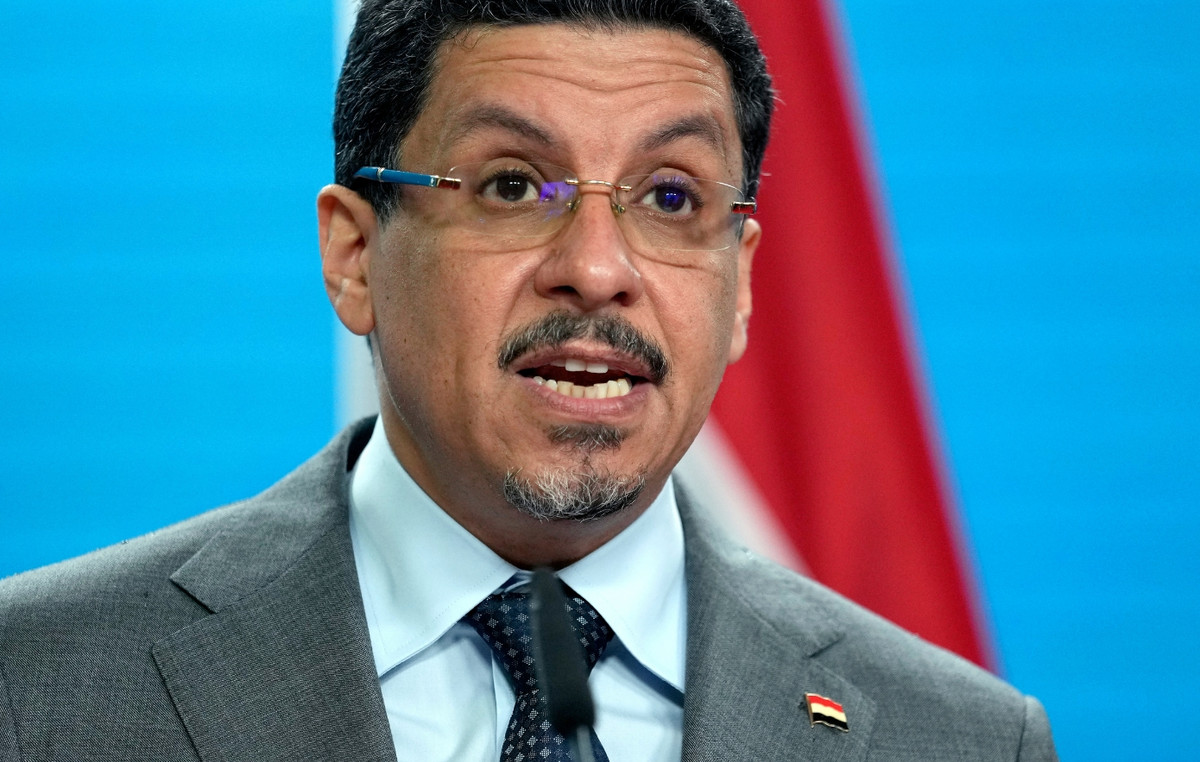- Stabilizing risk sentiment supports USD despite lack of fresh fundamental data.
- Fed officials paint an optimistic picture of U.S. labor markets despite slow job growth.
- Market adjusts expectations for easing; first rate cut expected in September with slightly lower probability.
The US Dollar (USD), as measured by the US Dollar Index (DXY), showed a sideways movement above the 103.00 level in Friday’s session. This comes amid a stabilised risk sentiment and flat trading in US stock index futures following Thursday’s rally, with the 10-year Treasury bond yield holding around 4% at the start of the day.
Despite adjustments in market expectations for future monetary policy decisions, the US economic outlook continues to point to above-trend growth, suggesting premature market anticipation for aggressive easing.
Daily Market Wrap: US Dollar Steady as Fed Officials Highlight Healthy Job Market
- Federal Reserve (Fed) officials provided clues on the labor market, sharing views that the market is not in a critical situation despite slow job growth.
- Barkin noted that companies are managing workforces through natural turnover or slowing hiring, but not by laying people off, indicating cautious but not alarmed market behavior.
- Schmid reaffirmed that inflation is almost within the required range and that the strength of the economy will determine the path of policy.
- Goolsbee, however, cautioned that it is important to determine whether the labor market slowdown is a temporary or ongoing event.
- Weekly jobless claims data also helped calm markets, with initial claims coming in lower than expected at 233,000 versus the 240,000 expected.
- Market valuation suggests less than a 10% chance of an immediate cut and around an 80% chance of a cut in September. These estimates indicate that markets are still fully pricing in 100 basis points of Fed easing by year-end, as well as 175-200 basis points of full easing over the next 12 months.
DXY Technical Outlook: Bearish trend persists as buyers struggle for meaningful move
The outlook for the DXY remains bearish, with buyers struggling to make a meaningful move. The index continues to trade below the 20-day, 100-day and 200-day simple moving averages (SMAs), confirming an overall bearish trend.
The momentum-based RSI remains below 50, indicating continued selling pressure, while the Moving Average Convergence/Divergence (MACD) indicator continues to print lower red bars. Despite the week’s gains, the overall technical outlook has not improved significantly, with a chance of correction still on the cards.
Supports: 103.00, 102.50, 102.20, Resistances: 103.50, 104.00
The US Dollar
The United States Dollar (USD) is the official currency of the United States of America, and the de facto currency of a significant number of other countries where it is in circulation alongside local banknotes. As of 2022, it is the most traded currency in the world, accounting for over 88% of all global foreign exchange transactions, equivalent to an average of $6.6 trillion in daily transactions. Following World War II, the USD took over from the British Pound as the world’s reserve currency.
The single most important factor influencing the value of the US dollar is monetary policy, which is determined by the Federal Reserve (Fed). The Fed has two mandates: to achieve price stability (control inflation) and to promote full employment. Its main tool for achieving these two goals is to adjust interest rates. When prices rise too quickly and inflation exceeds the Fed’s 2% target, the Fed raises rates, which helps the dollar. When inflation falls below 2% or the unemployment rate is too high, the Fed can lower interest rates, which weighs on the dollar.
In extreme situations, the Federal Reserve can also print more dollars and enact quantitative easing (QE). QE is the process by which the Fed substantially increases the flow of credit in a jammed financial system. It is an unconventional policy measure used when credit has dried up because banks are not lending to each other (for fear of counterparty default). It is a last resort when simply lowering interest rates is unlikely to achieve the necessary result. It was the Fed’s weapon of choice to combat the credit crunch that occurred during the Great Financial Crisis of 2008. It involves the Fed printing more dollars and using them to buy US government bonds, primarily from financial institutions. QE typically leads to a weakening of the US dollar.
Quantitative tightening (QT) is the reverse process whereby the Federal Reserve stops buying bonds from financial institutions and does not reinvest the principal of maturing securities in new purchases. It is generally positive for the US dollar.
Source: Fx Street
I am Joshua Winder, a senior-level journalist and editor at World Stock Market. I specialize in covering news related to the stock market and economic trends. With more than 8 years of experience in this field, I have become an expert in financial reporting.







